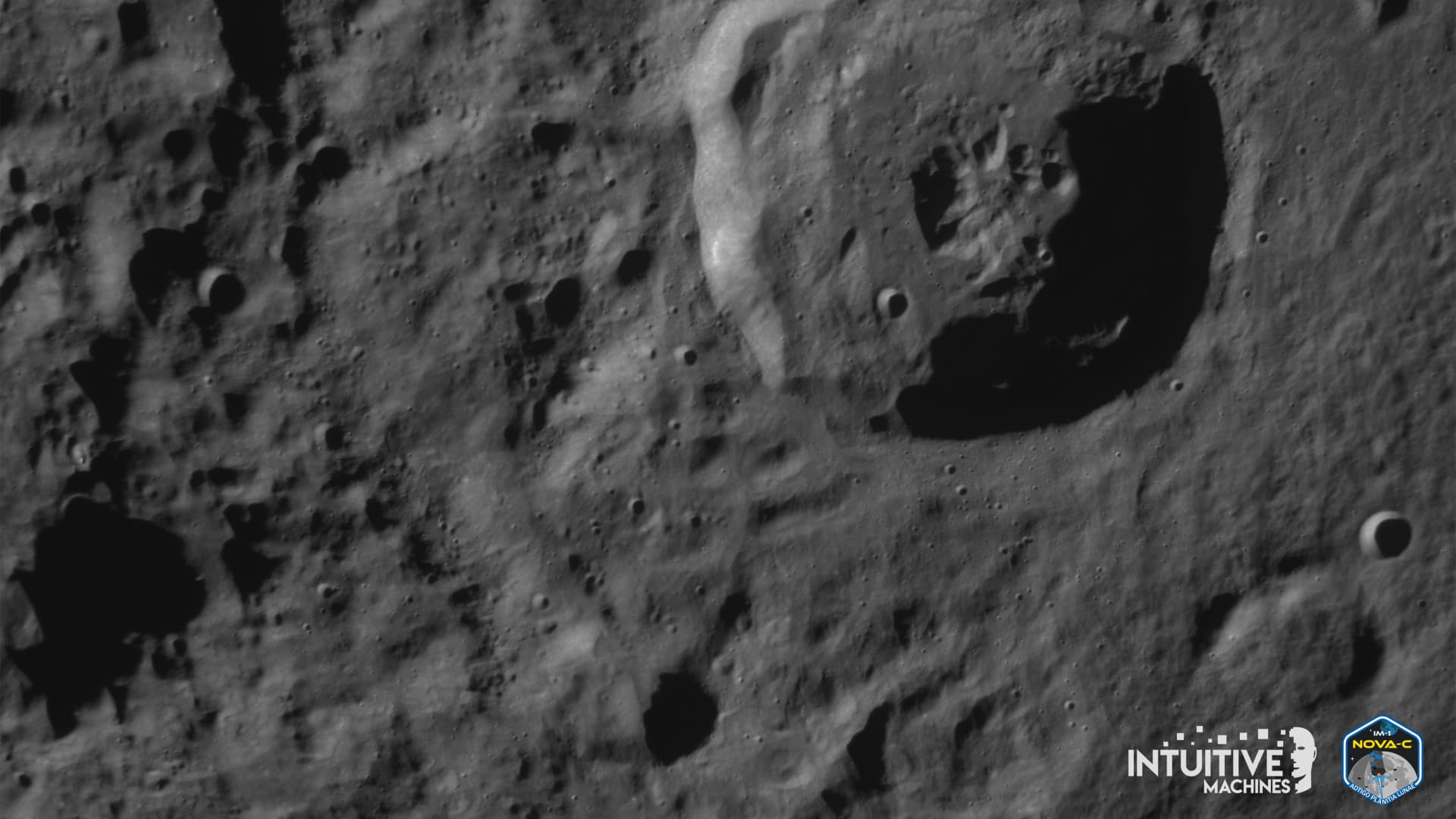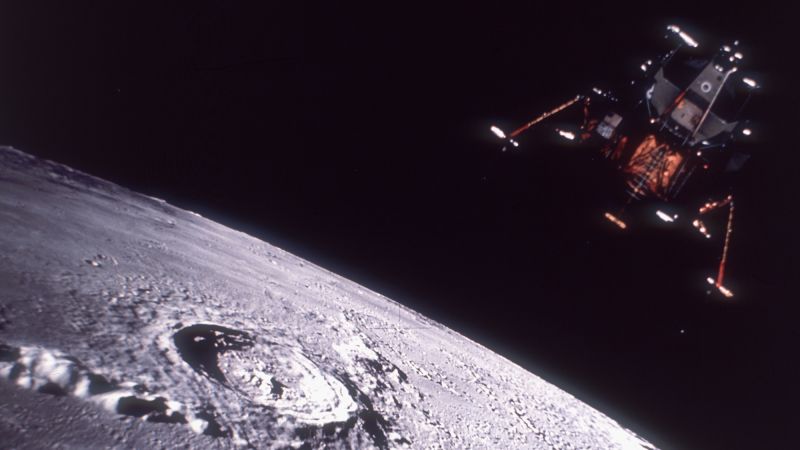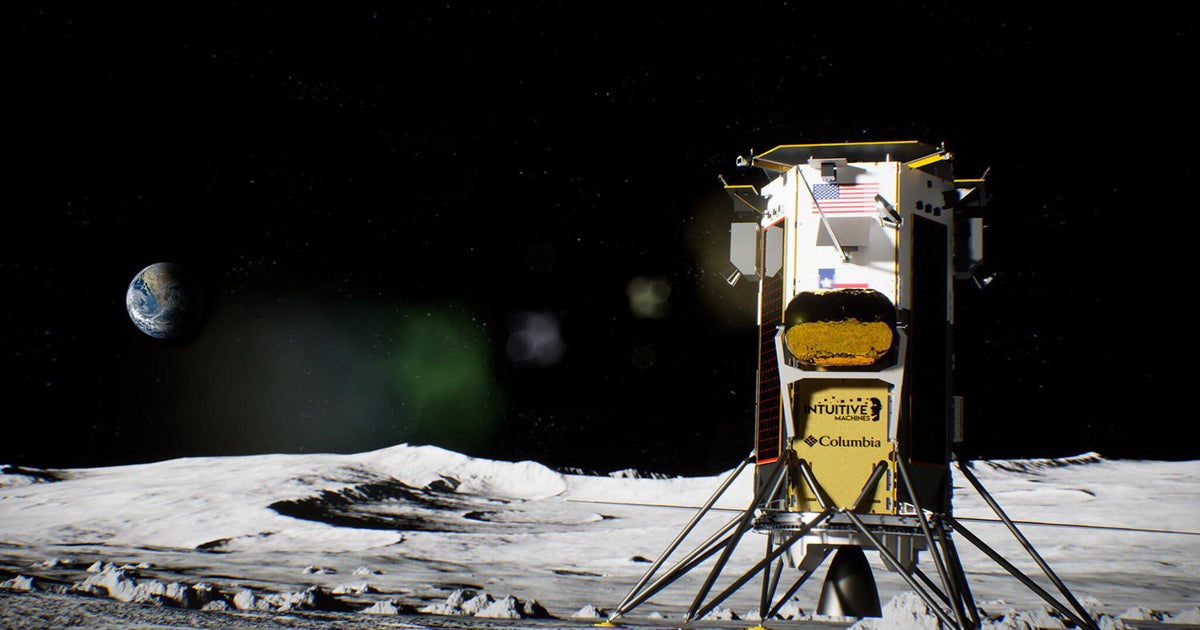
On February 22, 2024, a significant milestone in space exploration is set to occur as the Odysseus lander, developed by Intuitive Machines under a $118 million contract with NASA's Commercial Lunar Payload Services (CLPS) program, prepares for its landing attempt on the lunar surface. This event marks the first commercial vehicle to land on the moon and the first American spacecraft since Apollo 17 in 1972.
Odysseus entered lunar orbit successfully on February 21, after a six-day journey from its launch site at Kennedy Space Center using a SpaceX Falcon 9 rocket. The lander is currently circling the moon at an altitude of about 57 miles and in excellent health.
The landing spot for Odysseus is near Malapert A, a crater on the lunar south pole named after a 17th-century Belgian astronomer. This region has been identified as an unexplored yet potentially fruitful area where there is water in the form of ice in its permanently shadowed craters.
The landing attempt will take place at 5:30 p.m. Eastern time on Thursday, February 22, and presents a significant challenge due to the need for heat management during each pass around the far side of the moon as it alternates between direct sunlight and cold darkness behind the moon.
Odysseus is equipped with cameras and lasers that will feed data to its onboard navigation computers, guiding it autonomously to a safe place on the surface. At about 100 feet above the lunar surface, Odysseus will flip itself into a vertical position with landing legs pointed down.
In addition to delivering six scientific and technological payloads for NASA's Artemis program, Odysseus is also carrying a NASA instrument designed to capture images of the dust plume kicked up by its engines. This data will help scientists better understand the effects landings have on the moon's surface and environment.
This landing attempt follows Astrobotic's failed mission in January 2024, which suffered from an engine problem resulting in a fuel leak.




